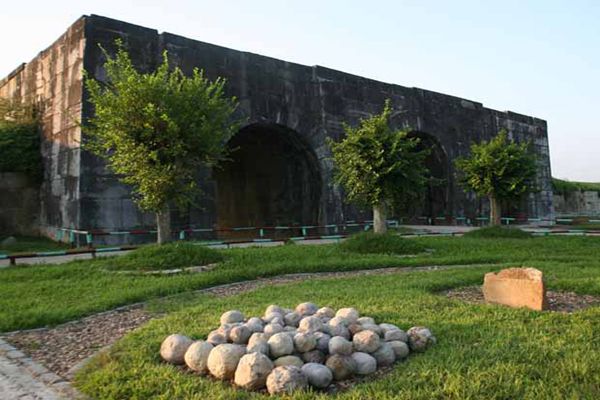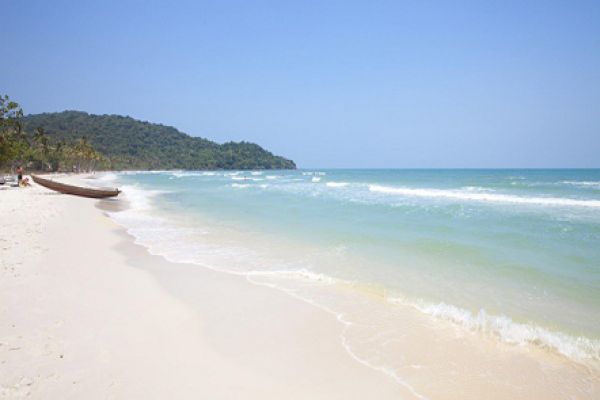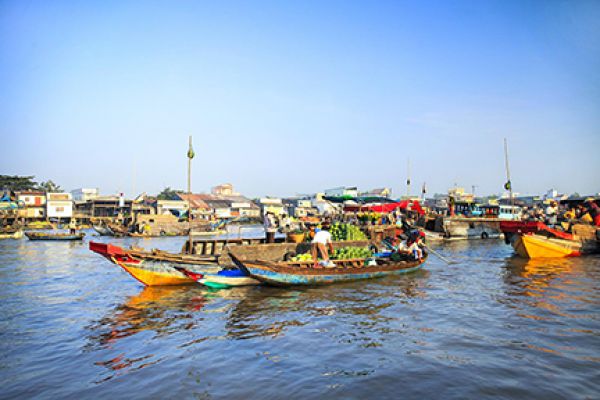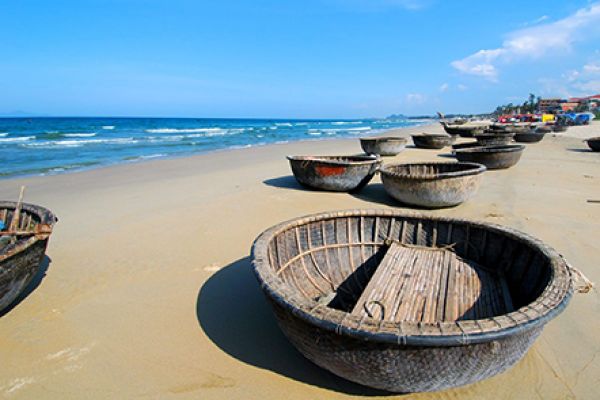First traces of the ancient culture were discovered by French archaeologist Louis Malleret, who gave it the name of Oc Eo. The Oc Eo culture is believed to have formed and developed in the southern delta, largely in An Giang, from the first to the sixth century AD.
In the mid-1990s, a farmer named Huynh Van Be in Binh Thanh village, Binh Phu commune found several stone graters and axes in his garden. In 2003, a working team from the Vietnam Institute of Archaeology (VIA) and the Ben Tre Museum conducted an excavation in the area and discovered more stone tools and over 13,000 pieces of ceramics of all types.
After three excavations and two exploration digs on a total area of 484.5 sq.m, the experts collected nearly 500,000 artefacts, with 99 percent being ceramics, and over 250 kilogrammes of animal and human bones as well as Linga and Yoni objects.
The excavations also revealed vestiges of an ancient village, which scientists named Giong Noi, including a ceremic-burning ground, several large kitchens and big houses. The experts believe that Giong Noi people had their own religious beliefs which might have links with the Brahmanism as seen in the worshipping of stone, tortoise, and the sacred objects of Linga and Yoni.
Recently, the VIA discovered for the first time vestiges of a big ancient architectural work in An Phong village, A Thanh commune, Mo Cay Nam district, drawing special attention of researchers and archaeologists.
VIA experts said the vestiges found in An Phong are an invaluable historical data which reveal the development of the local culture and great achievements made by ancient people here, contributing to the establishment and development of the national culture.










(84-63) 3 826042 – (84-63) 3 511142
No 54 Nguyen Dinh Chieu, Ham Tien Central Mui Ne Beach Binh Thuan Vietnam
523 To Hien Thanh District 10 Ho Chi Minh City Vietnam
Ha Long Halong City Quang Ninh Vietnam
A13 Hung Thong 2 Halong City Quang Ninh Vietnam




